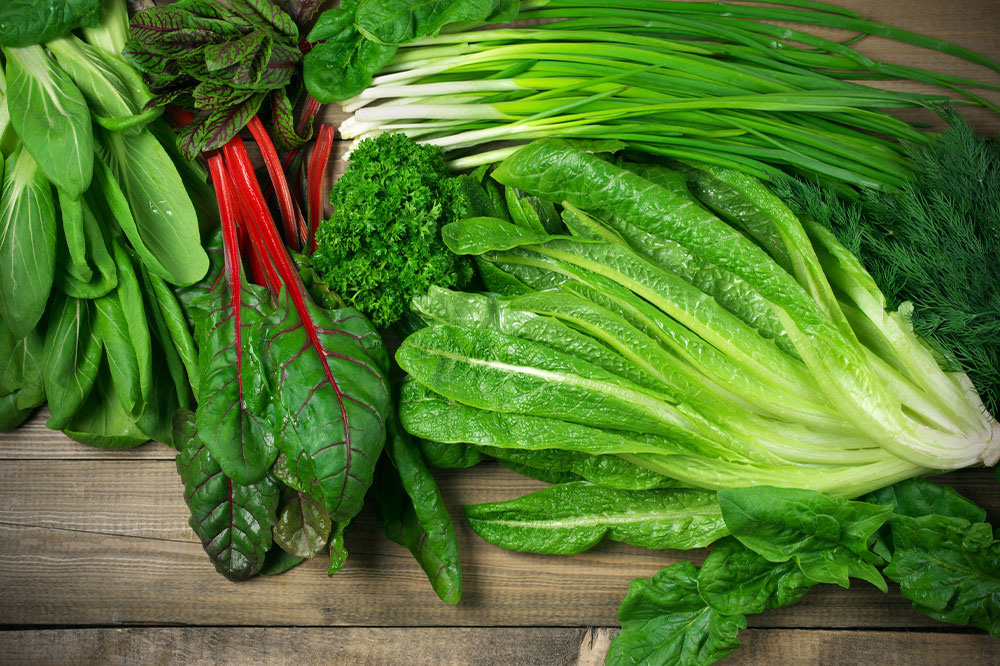
5 concerning signs of headaches
Headaches can be a common problem and a sign of health conditions. The pain can be triggered by stress, anxiety, or a lack of quality sleep. However, certain headache symptoms can indicate bigger, more serious health conditions such as migraine or diabetes. Such symptoms must be taken seriously as, if left unchecked, they could pose health risks. Here are a few headache signs that could be a result of underlying health conditions: Pain behind or around the eye Headaches are closely linked to vision problems. If a person experiencing headaches also senses sharp pain in and around their eye, they may be affected by acute glaucoma. In this condition, there is a pressure buildup in the eye, and eventually, the blood flow gets cut off. This is a serious condition that can lead to blindness. So, if one experiences any pain in and around their eyes accompanying a headache, they must consult a local healthcare expert immediately. Neck stiffness Another notable sign of a headache is stiffness and pain in the neck. The stiffness here can be a symptom of meningitis—a bacterial or viral infection that directly affects the membrane surrounding the spinal cord and brain. The subsequent enlargement of these membranes results in neck stiffness, neck pain, and, eventually, headache.
Read More 










